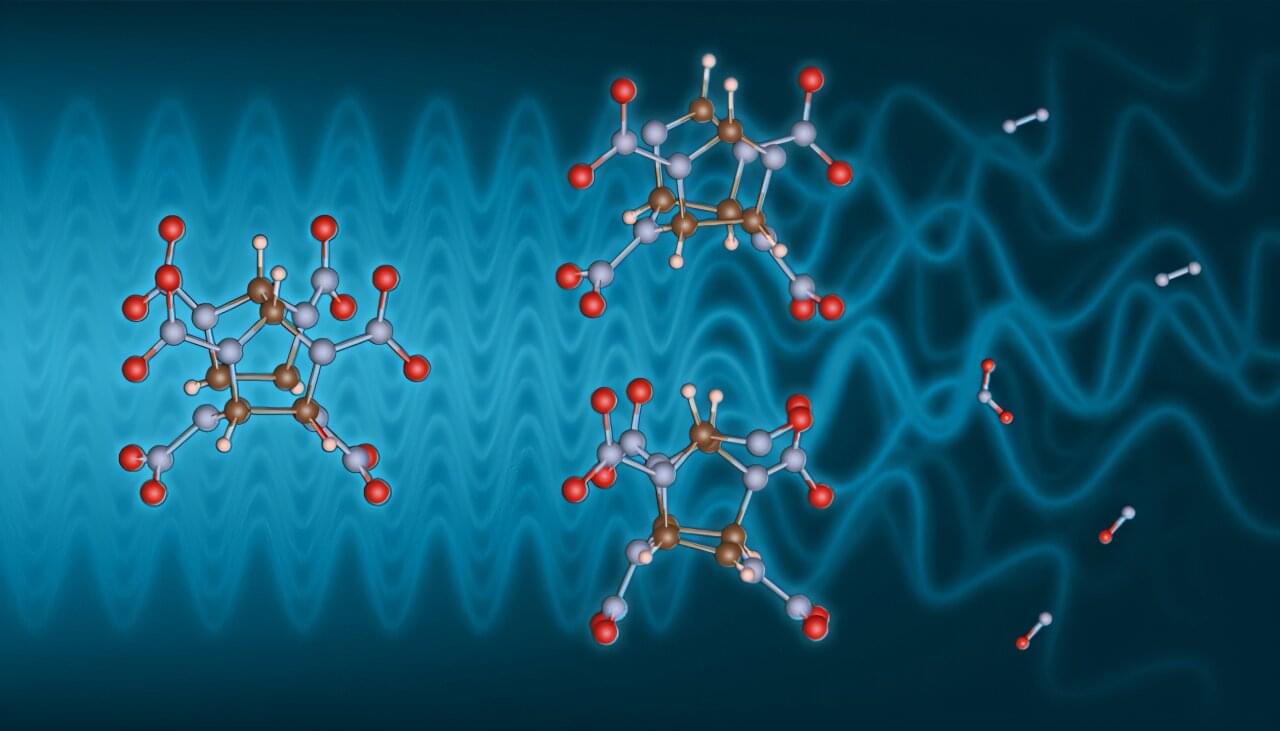Caltech simulations reveal what happens when black holes collide with neutron stars—violent cracking, intense shock waves, and short-lived black hole pulsars.
Get the latest international news and world events from around the world.





Google rolls out text-to-image model Imagen 4 for free
Google Imagen 4, which is the company’s state-of-the-art text-to-image model, is rolling out for free, but only on AI Studio.
In a blog post, Google announced the rollout of the new Imagen 4 model, but reminded users that it’s free for a “limited time” only.
Unlike the old text-to-image model, Imagen 4 offers significant improvements and takes the text-to-image generation quality to the next level.

Confirmed — Texas imposes new rules on autonomous vehicles and will require official permits before they can be driven on its roads
A blue-and-white Waymo van rolls up to a stoplight near Austin’s South Congress Avenue, sensors spinning in the sun. In three months, that van –and every other driverless car in Texas– will need a brand-new permission slip taped to its dash. Governor Greg Abbott has signed SB 2807, a bill that for the first time gives the Texas Department of Motor Vehicles gate-keeper power over autonomous vehicles.
Starting September 1, 2025, any company that wants to run a truly driver-free car—robo-taxi, delivery pod, or freight hauler—must first snag a state-issued permit. To qualify, operators have to file a safety and compliance plan that spells out:


High explosives in slow motion: Freezing molecules in place shows chemical reactions
Safe and effective high explosives are critical to Lawrence Livermore National Laboratory’s (LLNL) mission of stockpile stewardship. It is relatively simple to study the composition of such material before a detonation or examine the soot-like remnants afterward. But the chemistry in between, which dictates much of the detonation process, evades experimental interrogation as it passes by in a few nanoseconds or less.
In a study published in the Proceedings of the National Academy of Sciences, researchers from SLAC National Accelerator Laboratory and LLNL triggered a slow decomposition of a high explosive and measured the effects on the molecules within it. The work provides the proof of concept for a process that could be extended to examine ultra-fast dynamic chemistry during detonations and illuminates intermediate structures that have never been experimentally seen before.
At the Stanford Synchrotron Radiation Lightsource, the team used X-rays to both trigger the chemical reactions involved in decomposition and measure the results.

How new information triggers the brain to navigate changing environments
In a paper published in the journal Nature Communications, biomedical engineers have shown how two brain regions quickly adapt to shift focus from one planned destination to another.
Stephanie Prince explains her research with a scenario many Atlantans can relate to. Imagine you’re driving to the Atlanta airport to pick up a friend. They call to say they’re in the terminal—but they’re not sure which one. North, maybe? You head in that direction through the maze of roads around the airport.
Then they call back. They’re actually in the South Terminal. So you make a quick mental adjustment and switch your route to arrive at the correct side of the airport.